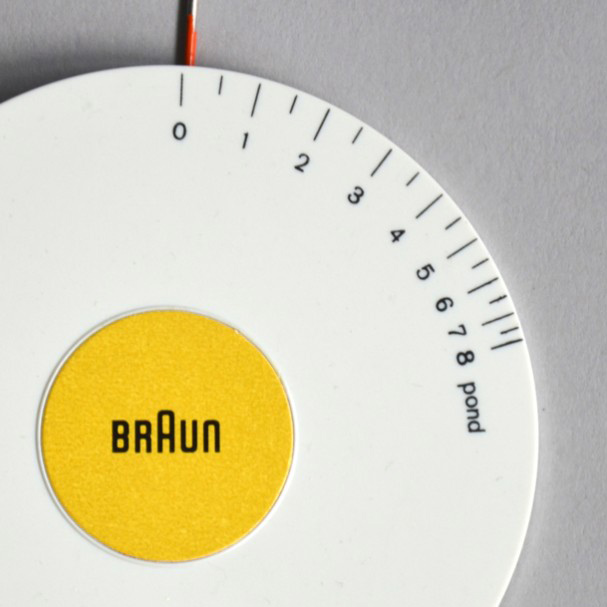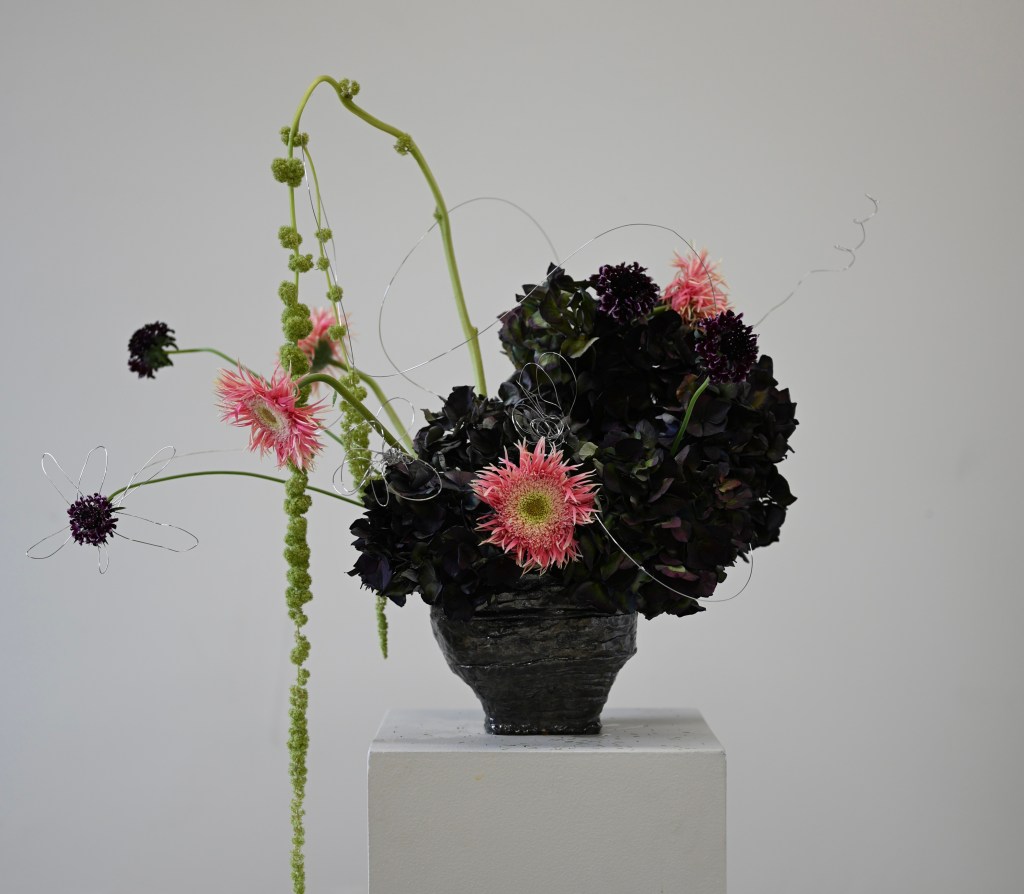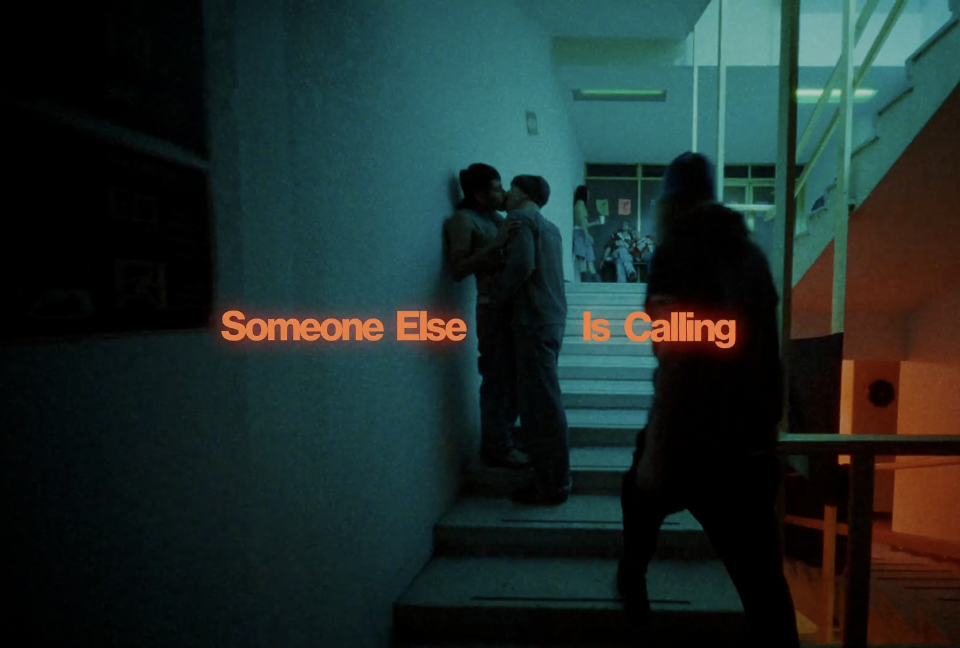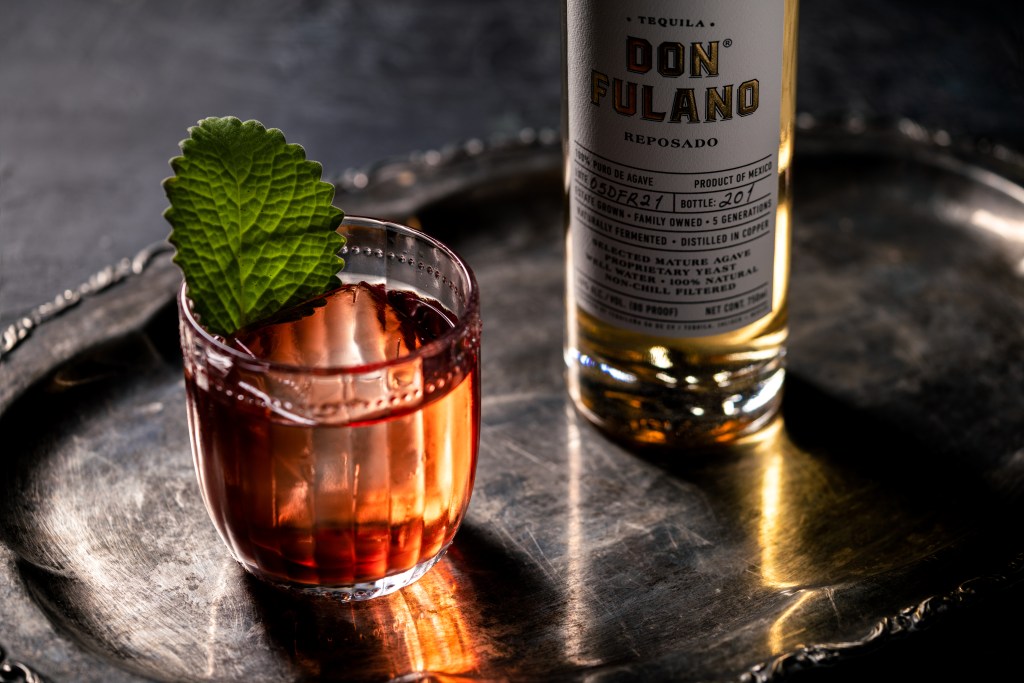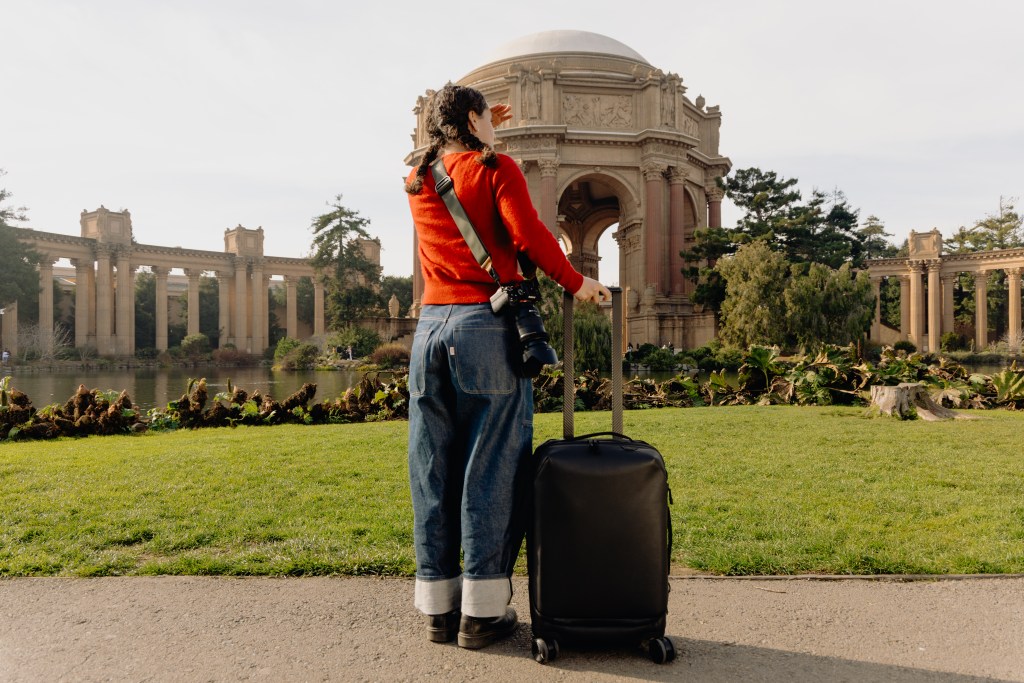Studio Visit: Industrial Designer Mark Braun
Inside a Berlin workshop where material and form unite for new meaning
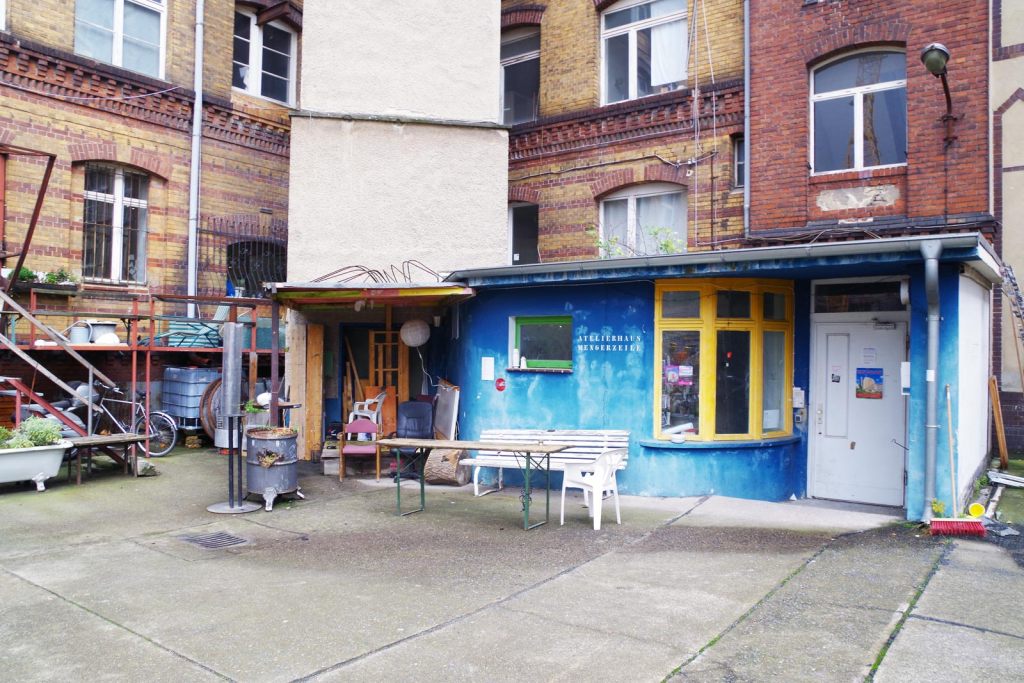
“Let’s say that I’m very close to messy,” industrial designer Mark Braun says as we enter his Treptow, Berlin studio. “But it helps with my work.” While the three-room space contains fascinating items aplenty (be that tools, inspirational knickknacks, books or an array of items he imagined and constructed across many types of media) messy isn’t the exact word. It’s very much populated—with design. Here, the highly awarded Braun works alongside two studio assistants and their balance of the digital and tactile makes itself known. Renderings occupy the computer. Sketches either lay on tables or are taped to walls. A 3D printer sits in his downstairs showroom space, but in the actual workshop a ceramics table occupies much of a corner, wood rests upon a wall and every constructive implement imaginable has a place. Impressively, Braun uses what he makes: from the desk in his office to the Nomos Glashütte Metro wristwatch on his person. And for the last 14 years, it’s all came to life here.
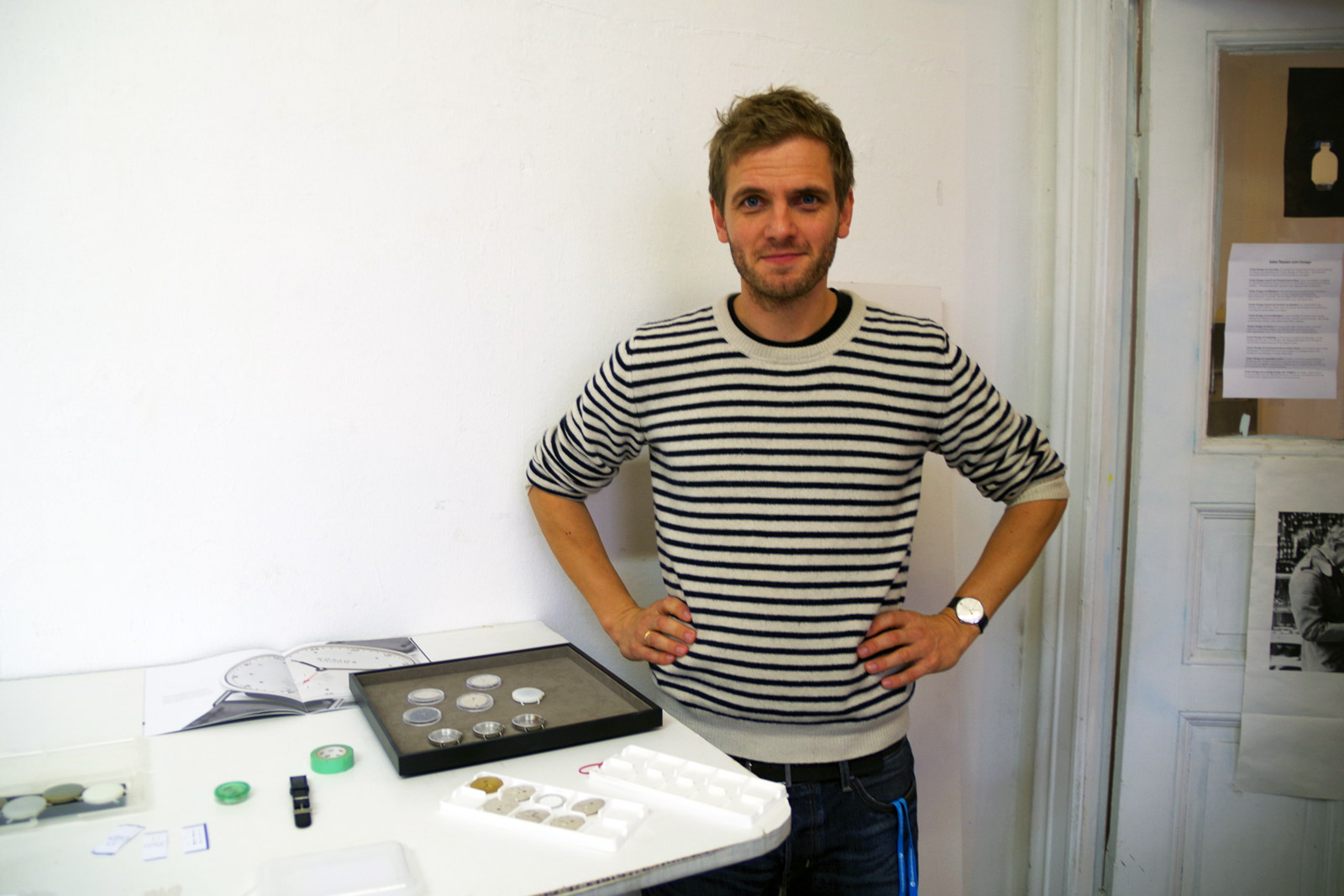
There are 40 other artists working within the same building as Braun. Large windows look out upon drastic development in the plot of land outside—such development almost pushed all of the artists and designers from the neighborhood. The government, however, has secured the space for its residents with a process that’s currently in development. “It was so insecure, whether or not we would have to leave. But when it becomes so, I will maybe take on one more room in the building and remove some of the walls to make everything more open,” Braun explains. It’s quite evident that the three inhabiting the space make the best use of it, despite the substantial amount of projects. “I’d say regarding active projects, there are about four or five,” Braun adds. “And ongoing projects, about 20.” Many projects seem to have their own space within the studio.
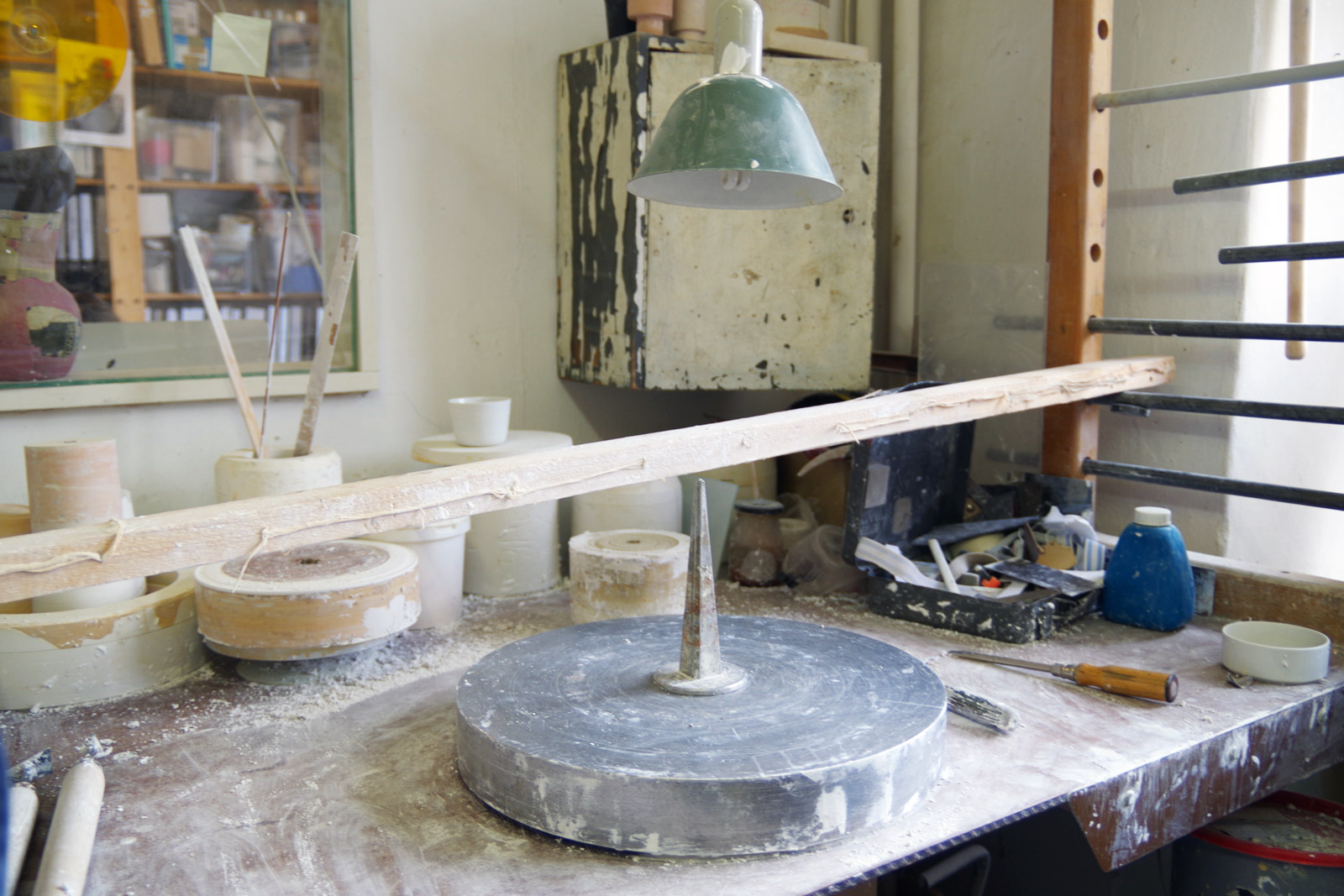
Project duration varies on the client. Some of Braun’s ideas have been development for four or so years, and he isn’t afraid to pull an idea and bring it to another producer who’ll deliver final product closer to his vision. “For me, it’s important to own the idea because I often will not get paid for the idea itself. If a brand fails, I still have my idea and can go on. It’s more difficult when a company asks me for, say, a sofa specifically for them, their needs and their corporate identity.” Braun explains the value of a sketch fee in this instance, so that designers are compensated for their time if nothing else transpires.
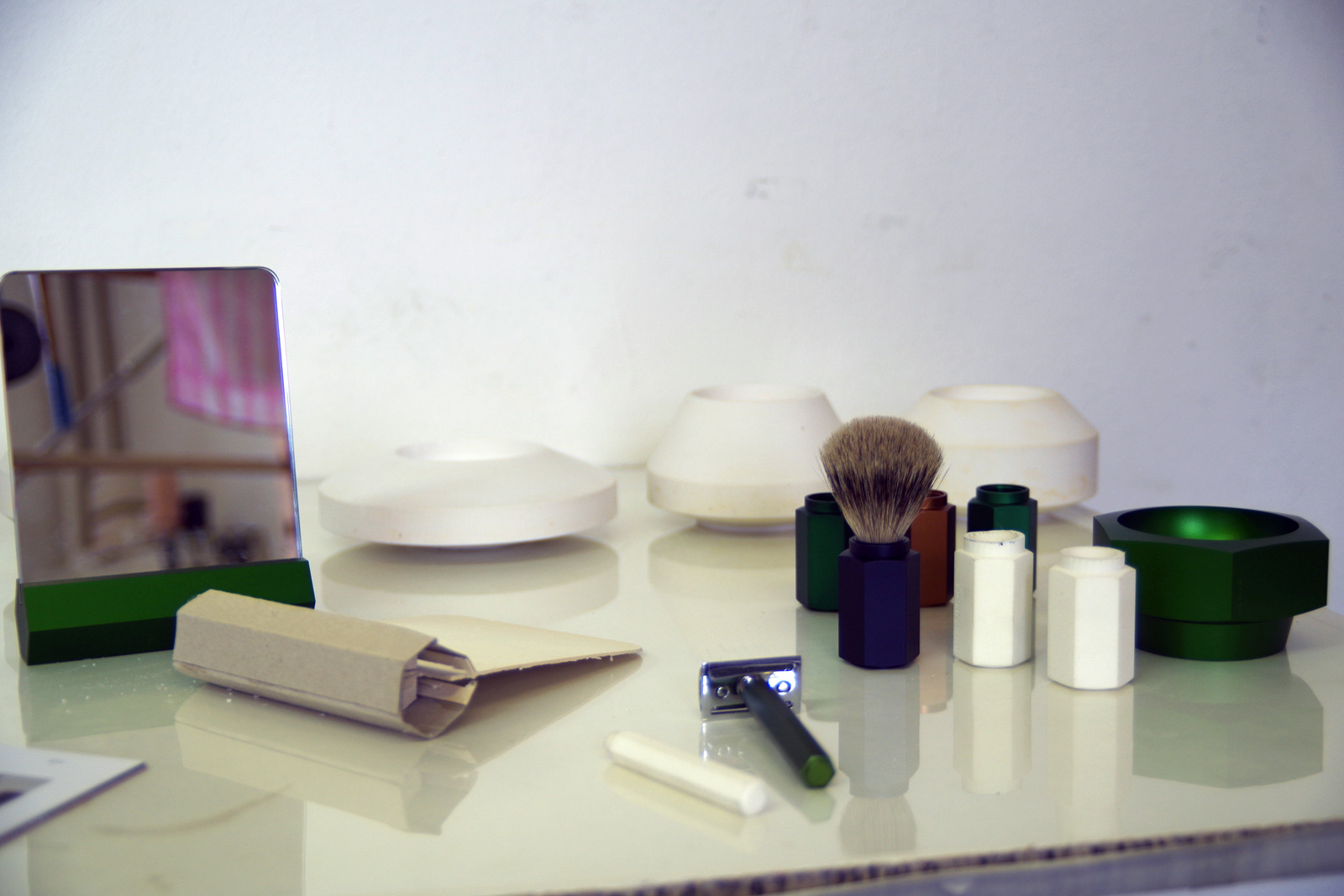
Braun, in a self-deprecating manner, explains that he feels like a slow designer, but because he works across so many types of media. “I often have to learn from scratch,” he begins. “But on the other hand, it’s good because there’s so much supportive cross-over. You can combine the knowledge from one medium and bring it to the next.” He began as a carpenter, and worked with wood until jumping into ceramics for a tableware commission. Today, there isn’t a material he won’t take on. Technology has changed, as well, throughout his tenure. Braun keeps up to date, but presses home the value of basics. “You must know how to turn and weld. As the new technologies pop-up, you can handle them better if you know the older ones. You know how to massage the process.”

Geometries matter substantially to Braun, as does artistic merit. “I tell people I’m material- and process-oriented, but I am honest with function. I think essential aesthetic values. It’s definitely about the right proportion and color code. And there’s nothing fake.” Braun frequently employs traditional shapes that have a twist: from his table stand (whose legs are reminiscent of a bike frame) to glass vases that call to mind little pumpkins. “For me, it’s always a bit of ‘form follows aesthetics’ and then the function hits me in the face,” he adds regarding the way his mind works. This has made him quite popular with traditional companies looking for new, forward-thinking products that ring true to their sensibilities.
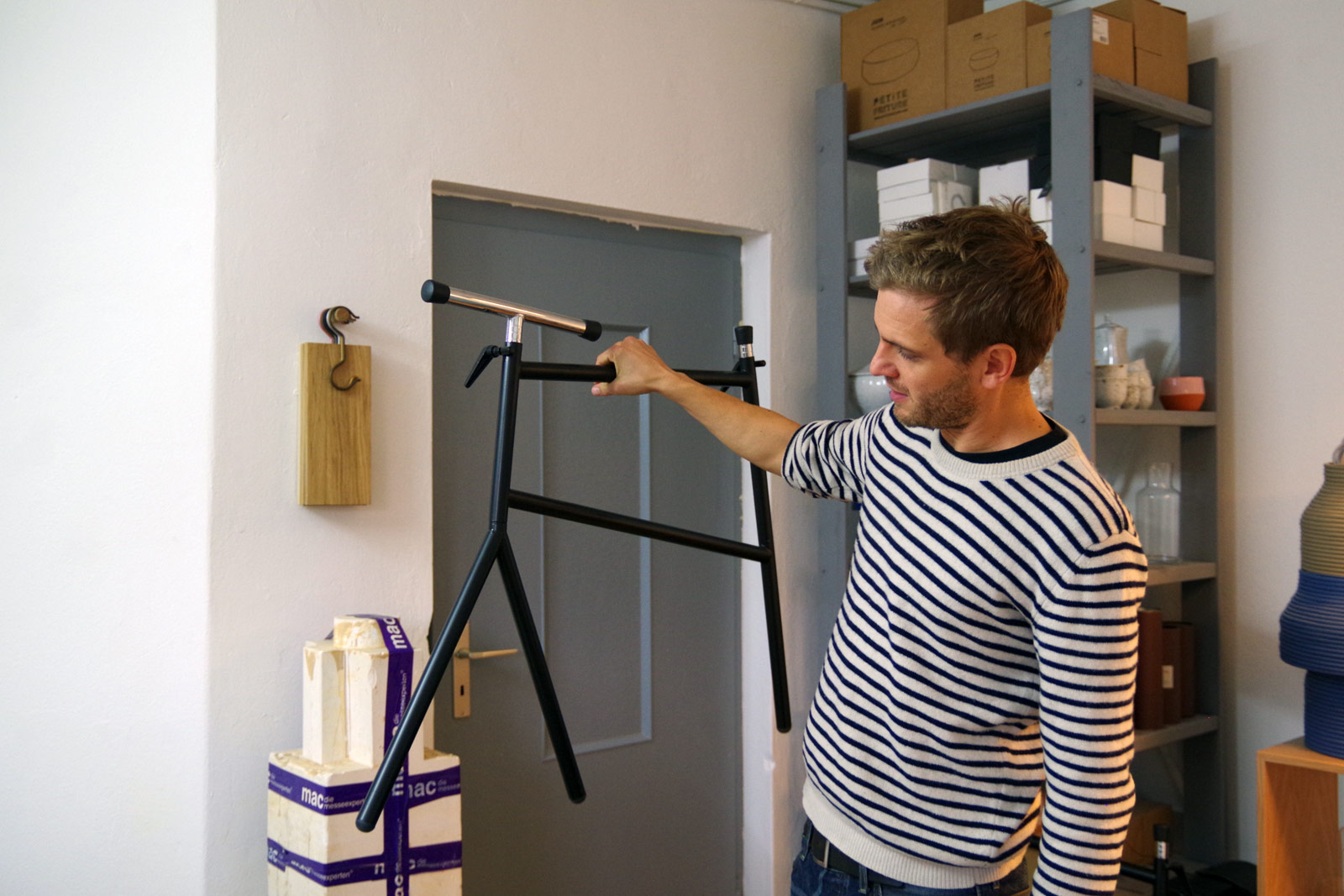
Some of Braun’s most striking pieces were crafted in the lighting world. In 2006, he designed his first lights for Authentics. After eight years on the market, they’re now back under his ownership and may soon be on sale elsewhere. He also has a prolific glass portfolio, including hand-blown pieces for small Italian brands and remarkably thin works for Lobmeyr. From Dior to E15 and alcohol bottles to shaving products, there isn’t much Braun hasn’t touched upon.
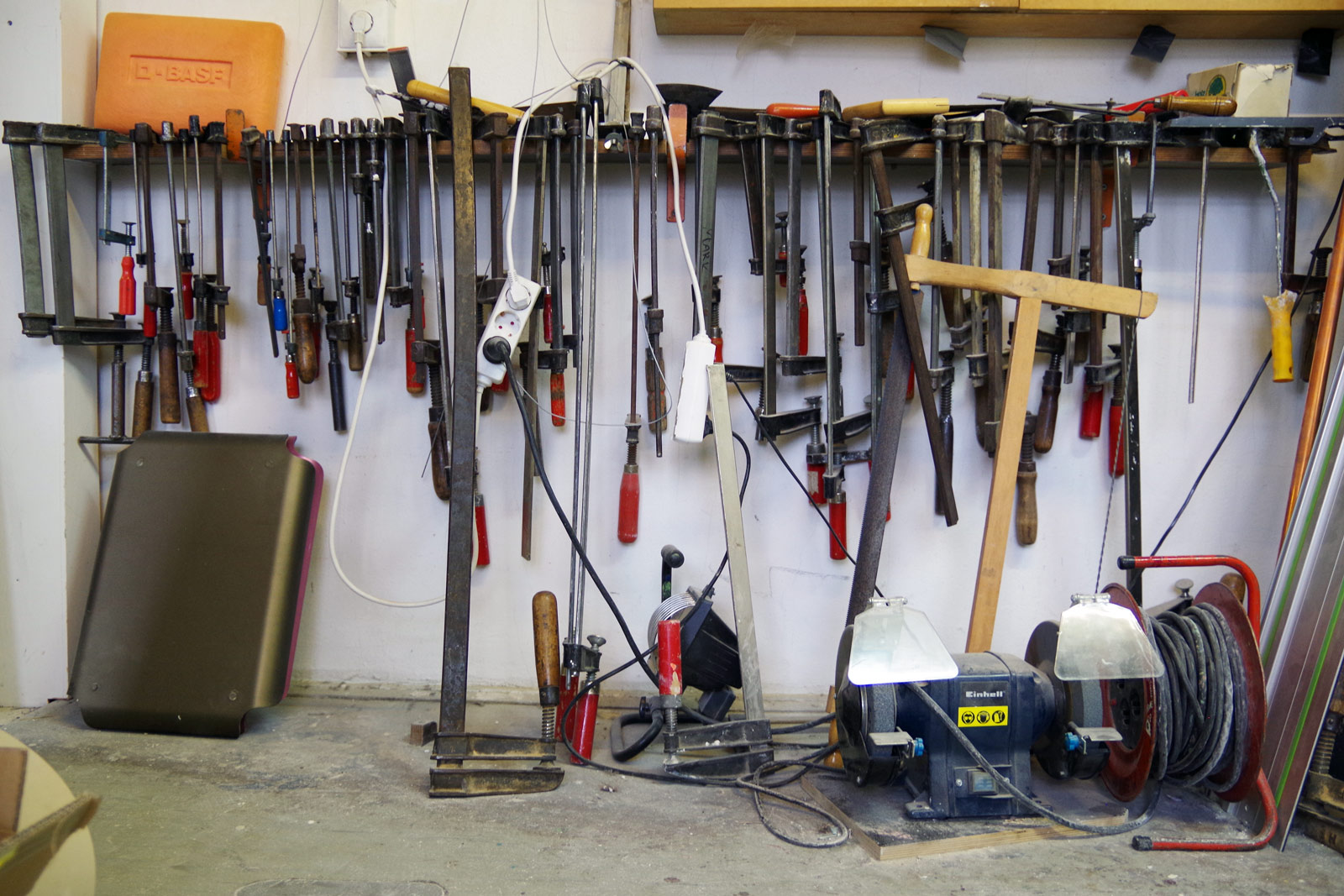
One product appeared across the studio in many iterations. It’s a desk organizer for L&Z, a design retail start-up and it will be out within the next week. “They deal with the concept of fundamentals: less but better product,” he says of the brand. “Here, designers have their own identity.” In passing around many prototypes, he uses this piece to describe his design values. “Function first,” says Braun. “I’ve preferred past versions but with regard to this material [in this instance, foam], the final result services everything best.” Renderings turned to paper mock-ups to tests and prototypes and then a honing and finalizing. Braun enjoys the back-and-forth.

It all comes back to the products—and those who put them on the market. “For me I could not do this without a partner. I love to jump around different disciplines and identities. I would be nothing without the brands I work with. They develop and produce what I present,” he says. Nomos is one of Braun’s biggest clients; their aesthetic values are shared. A respect for traditional shapes and sizes supports one facet of their collaborative work, but as with all of Braun’s imaginings, there’s more than a contemporary twist. His designs nod toward a respectable, colorful future.
Images by David Graver

